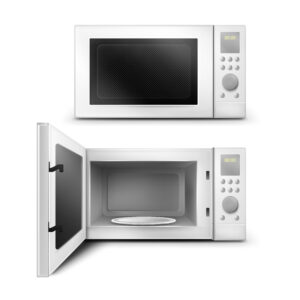Garden Planters aren’t just for blossoms and natural herbs (though they work fantastic for both). Veggies can additionally expand extremely well in these restricted rooms, as long as a few basic actions are adhered to. Depending upon the planter size, a lot of anything can be planted, especially if treatment is required to pick more dwarf or bush varieties, which also occupy less room than full-size plants.
Where
When deciding where to plant, please consider the space needs of different plants and their roots and the amount of sunshine certain plants require. For example, tomatoes, cucumbers, and eco-friendly onions have equivalent watering requirements and sunlight exposure. Additionally, some plants, like tomatoes, will continue growing after various other vegetables have stopped to generate their harvest for the period.
What
Selecting which garden planters to use is a matter of individual taste. Many individuals opt for the timeless yard planters because they are natural-looking and eye-catching, hold up well outdoors, and are relatively simple to build by hand. A few other materials found in yard planters consist of metal, fiberglass, and stone, each with its different advantages and disadvantages. When thinking about planters, one must additionally note that some planters are free-standing, whereas others are placed or attached to window sills. If you have a limited area or live in raised bed vegetable garden kits, you like the latter kind.
Despite which material or model you select, there are some standard points. All yard planters ought to come up with some drain system, which is usually as easy as openings outside of which water can exit. Excess moisture, specifically in the case of solid rainfalls, can easily eliminate a plant, particularly those prone to drier atmospheres. If your planter does not have a drain, it is typically pretty simple to drill a couple of holes right into the all-time low of your vegetable planter boxes. One more worry for growers is shade. Not just a visual consideration, darker colored containers are apt to take in even more sunlight than light containers, which are much warmer. Too high of a temperature can damage a plant’s origins. If you have already chosen a dark container, consider maintaining it in the color and planting veggies that do not call for direct sunshine.
Care
Besides picking and also organizing the planters themselves, soil, as well as water, are the various other crucial elements. Using routine soil will work, specifically, when paired with a plant food of some type; however, pre-mixed synthetic soils, like peat-based mixtures, tend to function even better. Space allowed, beginning your compost heap can add valuable nutrients to the soil. Finally, watering is undoubted of the utmost importance, yet too much watering can have the opposite effect. Veggies in yard planters call for more constant watering than ground grew veggies, specifically when the plants have begun to mature, and the origins expand. Examine the moisture material of the soil utilizing your fingers to get a suggestion of how plants are doing. Also, keep in mind to readjust your watering routine, taking temperature and weather conditions changes into account.



More Stories
Tips For Creating Incredible Results Using Mosaic Tiles!
Have a Business Plan Written for a Restaurant? Note 4 Important Things
Understand what a Personal Loan Against an Investment